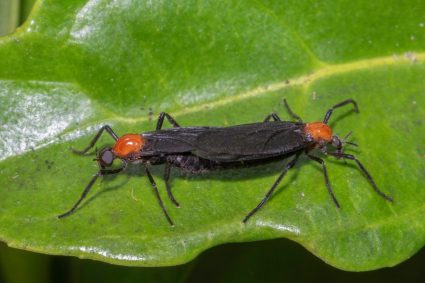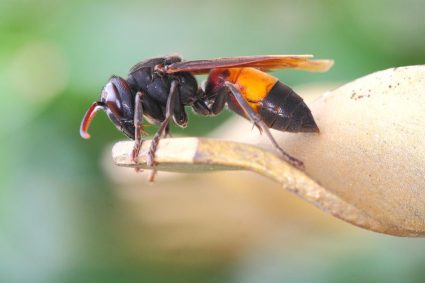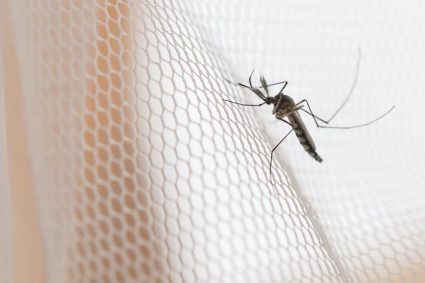
Killing coyotes is a method sometimes used to control their population and reduce conflicts with humans. However, this approach is not only ineffective but can also lead to more problems than it solves. In this article, we will delve into the reasons why killing coyotes doesn’t work, the scientific evidence supporting this view, the impact on ecosystems, ethical considerations, and the alternative, non-lethal ways to manage coyote populations and prevent conflicts with humans.
Killing coyotes as a method of population control doesn’t work due to their adaptability and compensatory reproduction, where the remaining population responds with increased reproduction rates. Moreover, it leads to ecological imbalance, is often considered inhumane, and has limited effectiveness. Non-lethal alternatives and education about coexistence are more effective and sustainable strategies for managing coyote populations.
The Ineffectiveness of Traditional Methods
Traditional methods of killing coyotes, such as poisoning, trapping, and shooting, are considered ineffective in managing their population for several reasons:
- Coyote adaptability: Coyotes are highly adaptable animals that have managed to quadruple their range throughout North America despite human efforts to control their population.
- Compensatory reproduction: When coyotes are killed, the remaining population may respond with increased reproduction rates, leading to a rebound in their numbers.
- Coyote movement: Coyotes are known to roam long distances, which makes it difficult to control their population through localized killing efforts.
- Inhumane methods: Traditional methods of killing coyotes, such as poisoning and trapping, are often considered inhumane and may not be supported by the public.
- Limited effectiveness: Some studies have shown that traditional methods of coyote control, such as shooting or trapping, may not be as effective as once thought in reducing predation on livestock.
Scientific Evidence Supports Coexistence, Not Killing
There are several scientific studies that support the idea that killing coyotes doesn’t work as an effective management strategy. One study found that when coyotes are aggressively controlled, they can increase their reproductive rate by breeding at an earlier age and having larger litters. Another study showed that killing 75% of a coyote population every year for 50 years would still not exterminate the population.
Ecological Impact of Killing Coyotes
Killing coyotes can have various ecological impacts on other wildlife and the overall ecosystem. These impacts include disruption of predator-prey dynamics, changes in mesocarnivore populations, disruption of social structure, potential negative effects on threatened and endangered species, and unintended consequences on other species.
Ethical Considerations
The ethical considerations of killing coyotes for population control include the effectiveness of the method, animal welfare, ecological impact, public opinion, and the ethics of killing wildlife.
Non-lethal Alternatives for Coyote Management
Non-lethal alternatives for managing coyote populations focus on habitat modification, exclusion, frightening, and other deterrents. These methods can be more effective in preventing conflicts between humans and coyotes, and they are often more acceptable to the public.
Educating Communities About Coyotes
Educating communities about the ineffectiveness of killing coyotes and the benefits of coexistence can be achieved through public presentations, educational materials, online resources, community outreach, media engagement, collaboration with local authorities, and monitoring and research.
In conclusion, killing coyotes is not an effective management strategy, as it can lead to increased coyote populations, disrupted social structures, and greater conflicts with humans and livestock. Instead, focusing on non-lethal management strategies, such as controlling food sources and targeting specific nuisance coyotes, is more effective and sustainable.
Frequently Asked Questions
What are some examples of non-lethal alternatives for managing coyote populations?
Non-lethal alternatives for managing coyote populations include habitat modification, exclusion, frightening, and other deterrents. Habitat modification involves altering the environment to discourage coyotes from certain areas. Exclusion involves creating physical barriers to keep coyotes out. Frightening and other deterrents involve using various methods to scare coyotes away, such as noise makers, flashing lights, or scarecrows.
What are some of the unintended effects on other species when coyotes are killed?
When coyotes are removed from an ecosystem, it can lead to an increase in rodents and other small mammals that coyotes normally prey on. This can then have a cascading effect on other species. For example, an increase in rodents could lead to a decrease in plant species that the rodents feed on. Additionally, the removal of coyotes can also lead to an increase in other predator species, such as foxes, which can then impact other wildlife populations.
Why are coyotes considered adaptable animals?
Coyotes are considered adaptable because they can thrive in a variety of habitats, from deserts and prairies to forests and urban areas. They can also adjust their diet based on available food sources, and they can change their reproductive behavior in response to population pressure.
What is compensatory reproduction in coyotes?
Compensatory reproduction is a response by coyotes to a decrease in their population. When a significant number of coyotes are killed, the remaining coyotes may respond by increasing their reproductive rate. This can include breeding at an earlier age and having larger litters, which can lead to a rebound in the coyote population.












